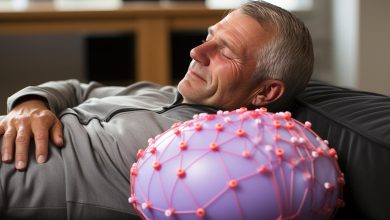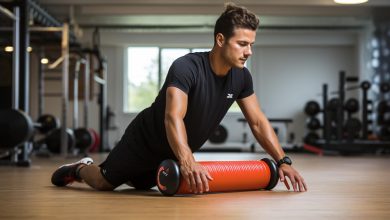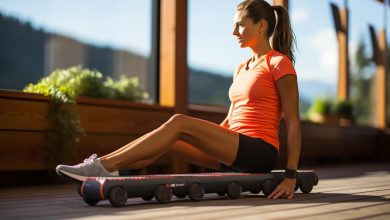The Benefits of Foam Rolling for Runners: How to Get Started

Are you tired of dealing with tight muscles and nagging injuries from your running routine? Look no further! Foam rolling is the answer you’ve been searching for.
This simple yet effective technique has been backed by science to provide numerous benefits for runners like you. From increasing flexibility and range of motion to relieving muscle soreness and preventing injuries, foam rolling can revolutionize your training.
In this article, we will explore the evidence-based benefits of foam rolling and guide you on how to incorporate it into your running routine for maximum results.
Understanding the Science Behind Foam Rolling
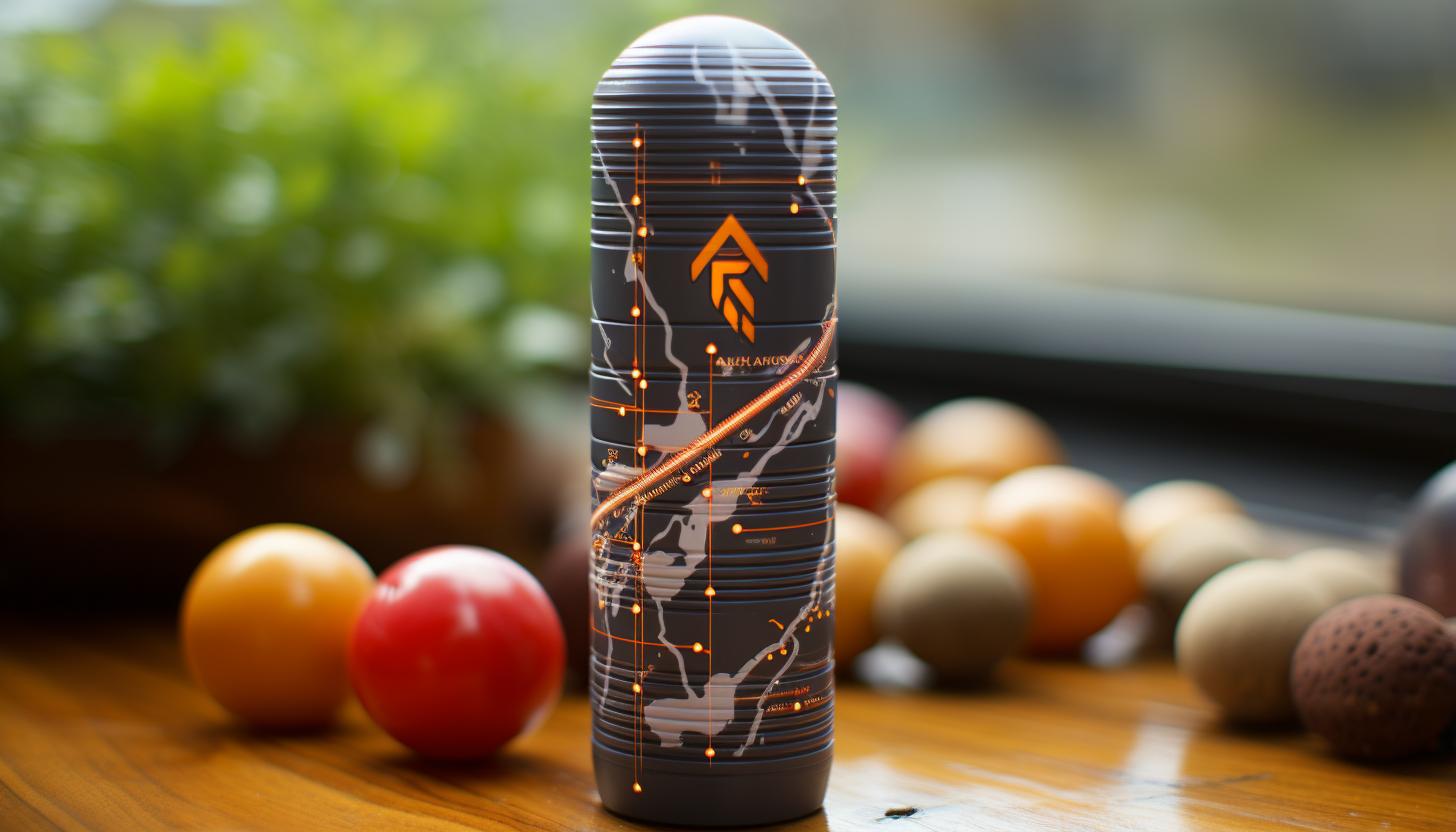
To fully grasp the benefits of foam rolling, you should understand the science behind it. Foam rolling techniques have gained popularity among athletes and fitness enthusiasts due to their potential to enhance performance and reduce muscle soreness.
When you engage in intense physical activity, your muscles can develop tight knots or trigger points which can limit their flexibility and cause discomfort. Foam rolling works by applying pressure to these trigger points, breaking up adhesions, and increasing blood flow to the area.
Foam rolling has been found to have several benefits for runners. Regular foam rolling can help improve flexibility and range of motion, allowing for more efficient movement while running. It can also aid in injury prevention by reducing muscle imbalances and promoting proper alignment. Additionally, foam rolling has been shown to alleviate muscle soreness after exercise by decreasing inflammation and improving recovery time.
When performing foam rolling techniques, it is important to use proper form and technique. Start by placing the foam roller on the targeted muscle group and apply moderate pressure while slowly moving back and forth. Focus on areas that feel tender or tight, spending about 30 seconds on each spot.
Increasing Flexibility and Range of Motion
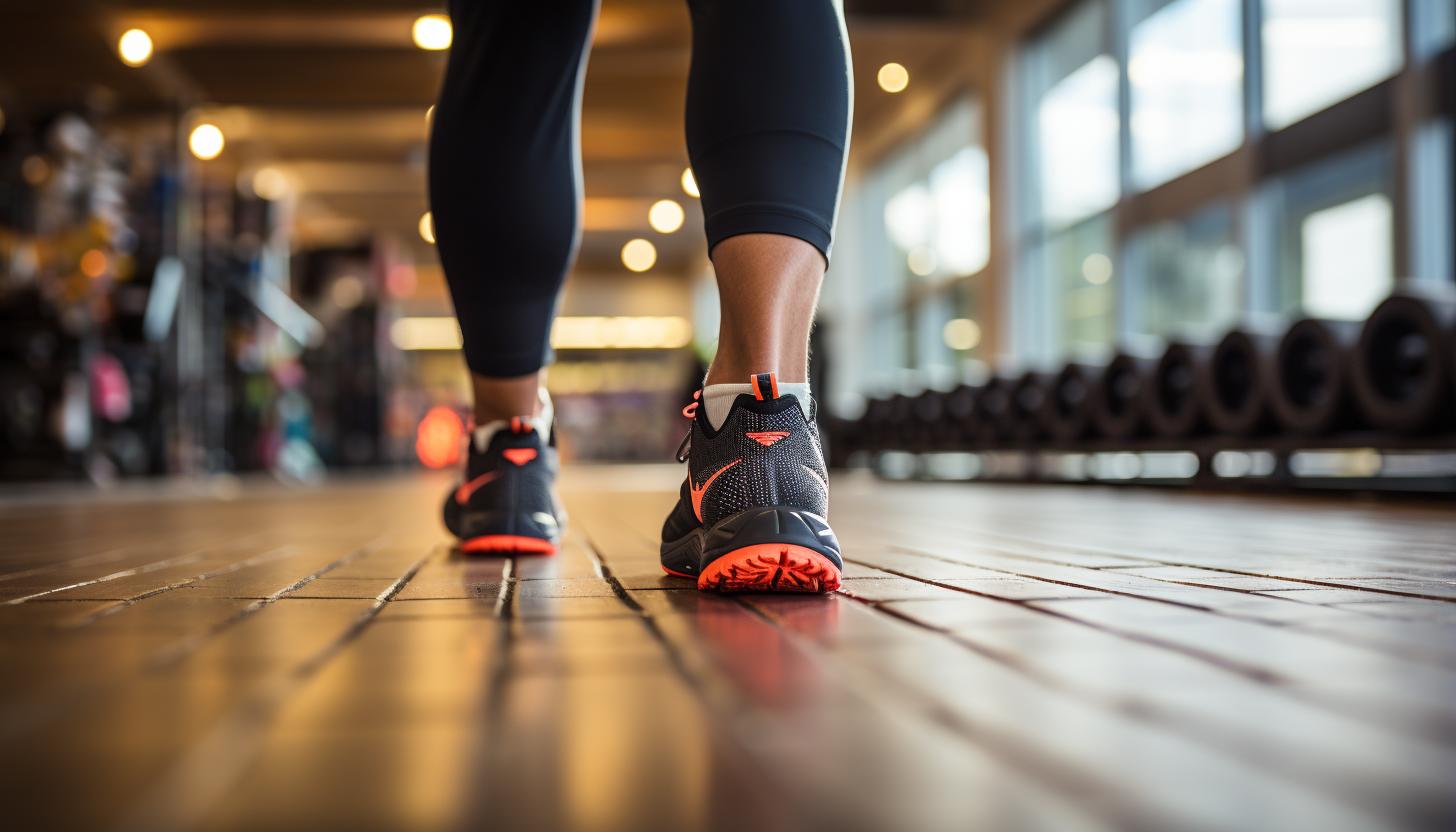
Increasing flexibility and range of motion can be achieved by incorporating foam rolling into your routine. Foam rolling, also known as self-myofascial release, is a form of self-massage that targets the muscle and connective tissue to improve mobility and reduce muscle tightness. By applying pressure to specific areas of your body using a foam roller, you can experience several benefits that will help enhance your running performance.
To enjoy the benefits of foam rolling and improve your flexibility and range of motion, consider the following tips:
– Start slowly: Begin with shorter sessions to allow your body to adjust to the technique.
– Target major muscle groups: Focus on areas such as calves, quads, hamstrings, glutes, and IT bands.
– Use proper technique: Roll slowly over each area for about 10-30 seconds, pausing on any tender spots.
By incorporating foam rolling into your routine, you can expect improvements in performance and reduced muscle tightness. Regular practice helps increase blood flow to muscles, release tension in fascia (connective tissues), improve joint mobility, and ultimately enhance overall flexibility.
Relieving Muscle Soreness and Tension

Incorporating foam rolling into your routine can help alleviate muscle soreness and tension, as well as reduce inflammation and improve recovery speed. Foam rolling is a form of self-myofascial release that involves using a foam roller to apply pressure to various muscles in your body. By doing so, you can target knots or trigger points, which are areas of tightness or adhesions within the muscle tissue.
When you use a foam roller on these trigger points, it helps to break up the adhesions and increase blood flow to the area. This increased blood flow brings fresh oxygen and nutrients to the muscles, while also removing waste products that contribute to soreness and inflammation. By reducing inflammation, foam rolling can aid in speeding up your recovery process after intense physical activity.
Foam rolling also helps to relax tight muscles and increase flexibility, which can further alleviate muscle soreness and tension. When your muscles are tight, they are more prone to injury and strain. By regularly incorporating foam rolling into your routine, you can promote better muscle health overall.
To get started with foam rolling, begin by targeting major muscle groups such as calves, quads, hamstrings, glutes, and back. Roll slowly over each area for about 30-60 seconds until you feel a release or decrease in tension. Remember to breathe deeply during the process and avoid putting direct pressure on bony areas or joints.
Preventing and Managing Running Injuries

Running regularly can help strengthen muscles and improve cardiovascular health, but it’s important to prevent and manage injuries to ensure long-term running success. Here are some tips to help you prevent overuse injuries and recover from running injuries:
– Warm up properly: Before starting your run, make sure to warm up your muscles with dynamic stretches or a light jog. This will increase blood flow to the muscles and prepare them for the workout ahead.
– Listen to your body: Pay attention to any signs of pain or discomfort during your run. Pushing through pain can lead to more serious injuries. If something doesn’t feel right, take a break and rest.
– Incorporate strength training: Strengthening the muscles around your joints can help reduce the risk of injury. Include exercises like squats, lunges, and planks in your training routine.
– Practice cross-training: Engaging in activities other than running can give your body a break from repetitive stress on certain muscle groups. Try swimming, cycling, or yoga for variety.
– Follow a gradual progression: Increase mileage or intensity gradually instead of making sudden jumps. This allows your body time to adapt and reduces the risk of overuse injuries.
– Rest and recover: Give yourself enough time between runs to allow for proper recovery. Rest days are just as important as training days.
Incorporating Foam Rolling Into Your Running Routine
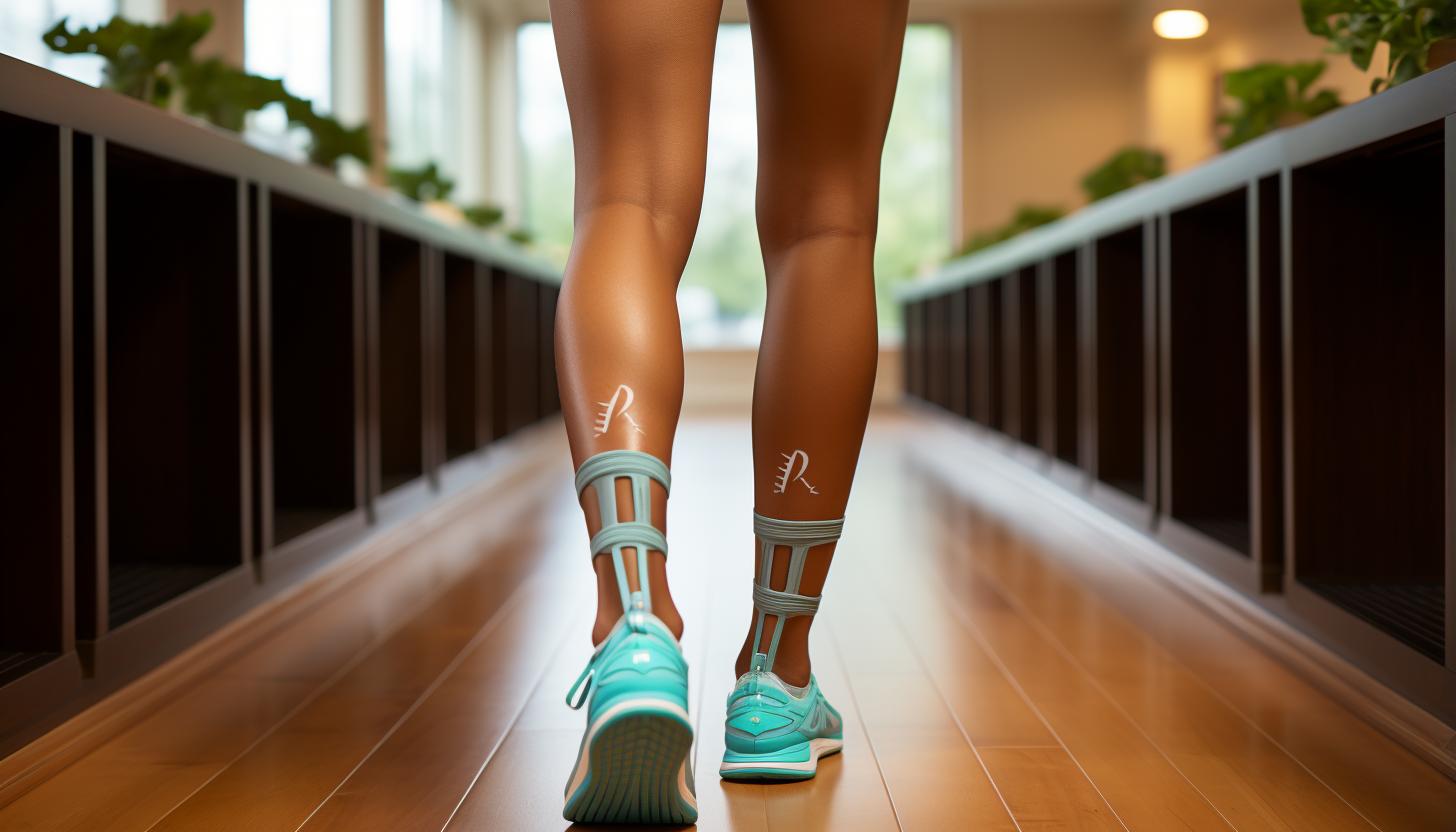
To improve your flexibility and reduce muscle soreness, remember to use a foam roller regularly. Foam rolling is a self-massage technique that can provide numerous benefits for runners. By applying pressure to different areas of your body using a foam roller, you can help release tension in your muscles, increase blood flow, and promote better recovery.
Foam rolling has been shown to be effective in reducing muscle fatigue and improving recovery time. When you run, your muscles undergo stress and micro-tears occur within the fibers. This can lead to muscle soreness and stiffness. Foam rolling helps break up these adhesions and knots in the muscles, allowing them to recover faster.
Incorporating foam rolling into your running routine is simple. Start by dedicating 5-10 minutes after each run or workout session to foam rolling. Focus on major muscle groups such as calves, quadriceps, hamstrings, IT band, glutes, and back muscles. Roll slowly over each area for 30-60 seconds, pausing on any tight spots or trigger points.
Remember that consistency is key when it comes to foam rolling. Aim for at least three sessions per week to experience the maximum benefits. Along with proper warm-up exercises and stretching techniques, incorporating foam rolling into your routine will help reduce muscle fatigue and improve recovery time. This way, you can continue running at peak performance levels with less pain and discomfort.
Conclusion
In conclusion, incorporating foam rolling into your running routine can provide numerous benefits. Not only does it help increase flexibility and range of motion, but it also relieves muscle soreness and tension.
Additionally, foam rolling can aid in preventing and managing running injuries. While some may argue that foam rolling takes up too much time, remember that just a few minutes of rolling can make a significant difference in your performance and overall well-being.
So don’t let the potential time commitment deter you from reaping the rewards of foam rolling!


